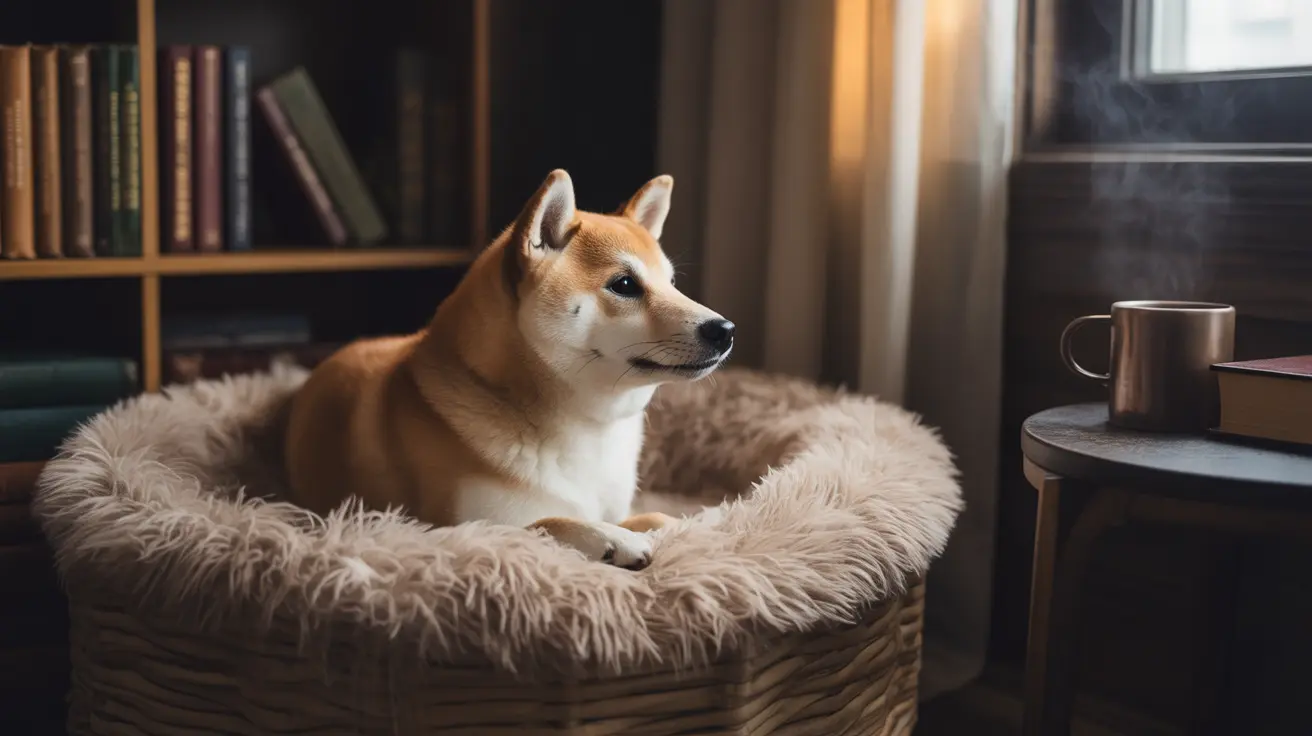For many dog owners, watching their beloved pet become distressed by sounds is a heartbreaking experience. From thunderstorms to household appliances, various noises that scare dogs can trigger anxiety, fear, and even panic in our canine companions. Understanding these triggers and learning how to help your dog cope is essential for their wellbeing and your peace of mind.
In this comprehensive guide, we'll explore the most common sounds that frighten dogs, explain why dogs are particularly sensitive to certain noises, and provide practical solutions to help your pet feel more secure.
Common Sounds That Trigger Fear in Dogs
Natural and Environmental Sounds
Thunderstorms rank among the most frightening sounds for dogs, often causing severe anxiety even before the first rumble. Dogs can sense approaching storms through barometric pressure changes, making their fear response particularly complex. Many dogs also show extreme reactions to wind, heavy rain, and even the darkening sky that precedes a storm.
Man-made Noise Triggers
Fireworks, construction equipment, and emergency vehicle sirens frequently cause distress in dogs. The unpredictable, loud nature of these sounds, combined with their high frequency and intensity, can trigger immediate fear responses. Some dogs become so sensitized to these noises that they develop anticipatory anxiety, becoming stressed at the mere possibility of hearing them.
Understanding Your Dog's Sound Sensitivity
Dogs possess incredibly sensitive hearing, capable of detecting frequencies up to 45,000 Hz (compared to humans' 20,000 Hz). This enhanced hearing ability, while evolutionarily advantageous, can make modern life challenging for our four-legged friends. Everyday sounds that seem manageable to us can be overwhelming for them.
Signs Your Dog is Afraid of Noises
- Excessive panting or drooling
- Trembling or shaking
- Hiding in small spaces
- Destructive behavior
- Inappropriate urination or defecation
- Excessive barking or howling
- Clingy behavior or attempting to escape
How to Help Your Noise-Sensitive Dog
Create a Safe Space
Establish a designated "safe zone" where your dog can retreat when frightening sounds occur. This might be a interior room, a covered crate, or even a bathroom. Ensure this space is always accessible and equipped with comfort items like favorite toys and soft bedding.
Sound Desensitization
Working with your dog through gradual exposure to recorded versions of frightening sounds can help build tolerance. Start with very low volumes and reward calm behavior, slowly increasing the volume over time. This process requires patience but can significantly improve your dog's response to scary noises.
Professional Support and Solutions
For severe cases of noise phobia, consulting with a veterinary behaviorist may be necessary. They can recommend appropriate treatments, which might include:
- Behavior modification techniques
- Anti-anxiety medications
- Calming aids like pressure wraps or pheromone diffusers
- Professional training programs
Frequently Asked Questions
What common noises are known to scare dogs and cause noise phobia?
The most common noise triggers include thunderstorms, fireworks, construction equipment, vacuum cleaners, and emergency vehicle sirens. Some dogs are also sensitive to electronic beeps, power tools, and loud vehicle sounds.
How can I tell if my dog is afraid of loud noises like thunderstorms or fireworks?
Look for signs such as trembling, hiding, excessive panting, destructive behavior, inappropriate elimination, or attempting to escape. Some dogs may also become unusually clingy or vocal during frightening noise events.
What are effective ways to calm a dog that is scared of noises such as thunder or construction sounds?
Create a safe space, use sound masking (white noise or calming music), consider anxiety wraps, and maintain a calm demeanor yourself. For severe cases, consult a veterinarian about anti-anxiety medications or professional behavior modification.
Can early socialization help prevent my dog from developing noise sensitivities later in life?
Yes, exposing puppies to various sounds during their critical socialization period (3-14 weeks) can help prevent noise sensitivities. However, exposure should be controlled and positive to avoid traumatic experiences.
When should I consider veterinary help or medication for my dog's noise anxiety?
Seek veterinary help if your dog's fear response is severe, causing self-injury, or significantly impacting their quality of life. Professional intervention may also be necessary if basic management techniques aren't providing sufficient relief.
Conclusion
Understanding and addressing noises that scare dogs requires patience, compassion, and often a multi-faceted approach. By recognizing your dog's triggers and implementing appropriate management strategies, you can help your pet feel more secure in our noisy world. Remember that every dog is unique, and what works for one may not work for another – be prepared to try different solutions to find what best helps your furry friend cope with frightening sounds.






